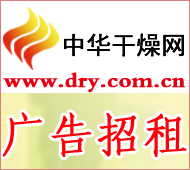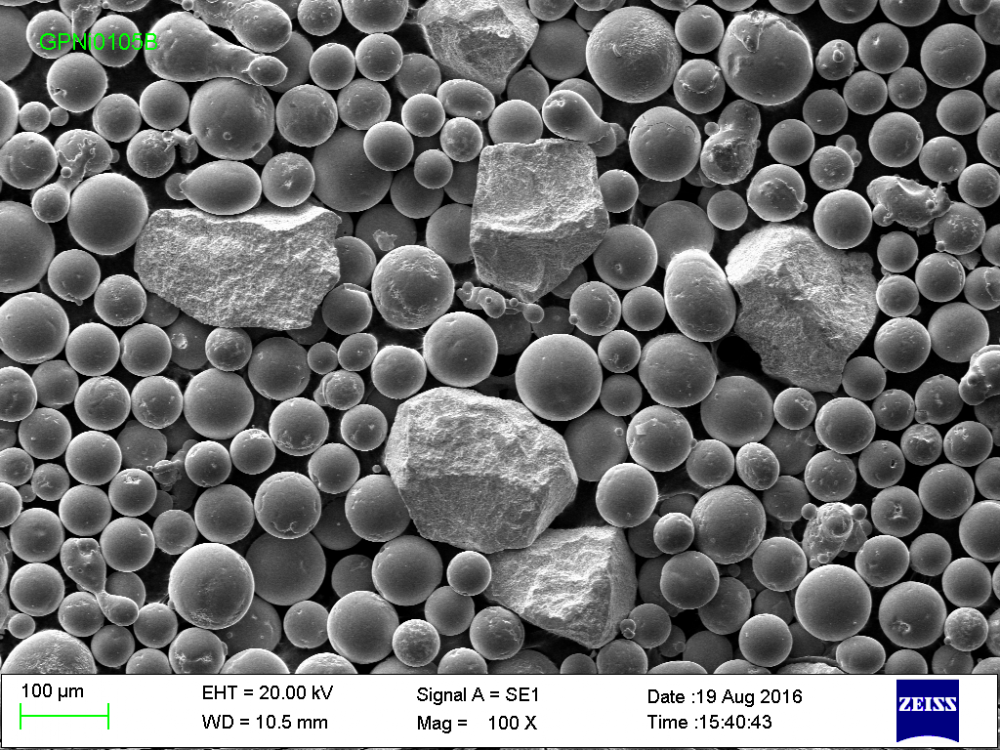
From the 11th China International Dyestuff Industry and Organic Pigments and Textile Chemicals Exhibition held in Shanghai from April 11th to 13th, we learned that factors such as the tightening of energy conservation and emission reduction policies, weak external demand, and rising costs Next, China's dyeing paint industry began to enter a new round of adjustment period. With the increasingly fierce market competition, the pressure on dye enterprises to withstand increased, and the entire industry has accelerated the pace of transformation and upgrading.
According to Tian Liming, secretary general of the China National Dyestuff Industry Association, China’s exports of dyes and organic pigments both declined in 2011. Among them, the export of dyes was 243,000 tons, a decrease of 10.7% from the previous year, and the export of organic pigments was 150,000 tons, a decrease of 2.7% from the previous year. According to statistics from Zhejiang Province, the largest province of dye production in China, from January to February of this year, the output, sales volume, and export volume of dyestuffs in Zhejiang all decreased compared with the same period of last year. The total industrial output value, sales revenue, profits and taxes, The economic indicators of profits and export delivery values ​​also decreased compared with the same period of last year. Combining export data with the industry's operating conditions, Tian Liming analyzed that the growth rate of China's dyeing pigment industry is slowing down, and it is very likely that this trend will continue in 2012.
PTA Powder
Main application:Repair and strengthen workpiece surface, significantly
Welding method:PTA welding
Main equipment:PTA welding machine
Flame core temperature: about 10000℃
Technological characteristics:PTA has high temperature, concentrated energy, stable combustion, small heat affected zone, fast welding speed, high production efficiency, easy to obtain low dilution rate of surfacing layer, surfacing layer and workpiece matrix are metallurgical bonding,, bonding strength is high.

PTA welding technology is one of surface strengthening methods, which has high deposition rate, low dilution rate, and could be applied with many kinds of powder. The manufacturing craft of PTA powder is normally gas atomization, which reduces satellite of powder. We supply 4 main categories of PTA powder: Nickel-based alloy powder, Iron-based alloy powder, Cobalt-based alloy powder and Mixed Powder.
Nickel Based Alloy Powder possesses high temperature resistance and wear resistance, it is the most popular alloy powder applied by PTA welding both domestically and internationally. Coating hardness is within the range of HRC 30-60. It could be applied to various industries like agriculture, plastic, paper, marine and steel making where wear and corrosion protection needed. Some examples are plunger, moulds, pump leaf and screw.
Iron Based Alloy Powder is more widely used and a more economic choice. With high abrasive resistance, it is more commonly applied to mining tools, drilling tools and mixers of iron and steel making industry, coal industry, shaft, oil and energy industry.
Cobalt Based Alloy Powder is recommended for corrosion and oxidation resistance, with better hot hardness values than equivalent Nickel based alloy powder. It is widely applied to steel making industry, coal industry and mining industry.
Mixed powder mainly refers to NiCrBSi mixing with other hard-phase powder such as cast tungsten carbide and other cemented alloy powder, which allows the powder better hardness around HRC60 and excellent abrasion resistance.
Mixed powder is more often used for mining equipment for oil sands, lignite, oil drilling tools, excavator buckets, extrusion screws for plastic processing, grain and oil processing, etc.
PTA Powder,Iron Based Alloy Powder,Cobalt Based Alloy Powder,Nickel Based Alloy Powder
Luoyang Golden Egret Geotools Co., Ltd , https://www.hvofpowders.com
